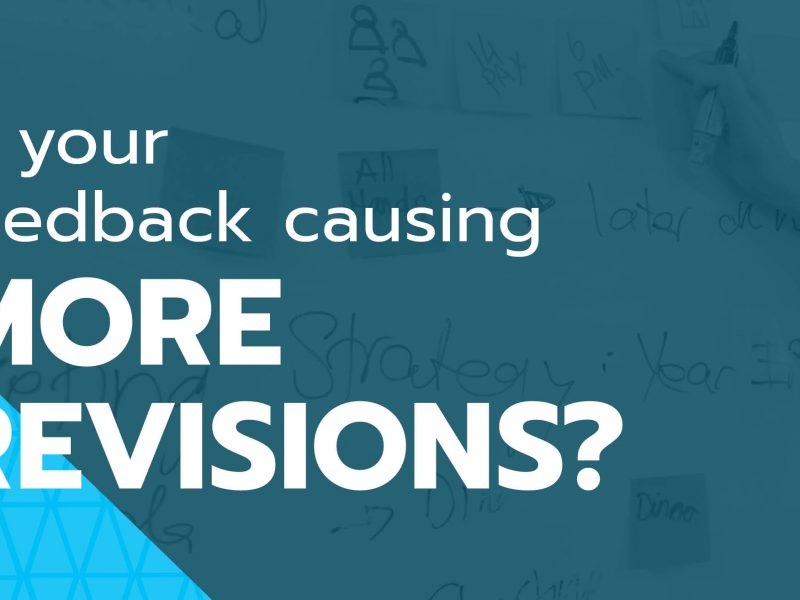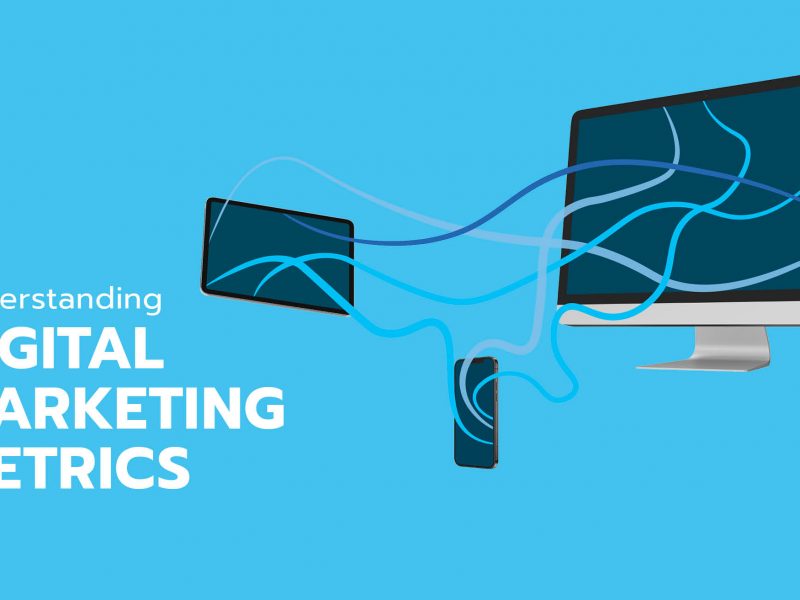
Data and the Consumer Journey: Avoid the Rabbit Hole
One of my favorite big data stories is from Target.
A man went into a Minneapolis Target and asked to speak with a manager. He showed the manager a direct mail piece, addressed to his teenaged daughter, promoting maternity clothing and nursery furniture. The man was outraged at the mature content they were presenting to someone still in high school.
The manager had no idea why this occurred, but apologized and called a few days later to apologize again.
During this call, the father provided an apology himself, noting that he was unaware of activities going on under his own roof.
Since he had first spoken with the manager, he had learned that his daughter was in fact pregnant.
Target statistician, Andrew Pole, had figured out how to create a “pregnancy predictor” based on purchase patterns aligned with pregnant women. This allowed the marketing team to deliver targeted promotions to drive purchases for this life-changing event.
As this example demonstrates, however, care must be taken in how a company capitalizes on this knowledge. The line between “knowing your customer” and “creeping out your customer” can become blurry.
Knowing your customer.
Retargeting is a popular method for driving traffic back to a website. You look at a pair of shoes on a website, but you don’t purchase them, so they follow you in the form of ads to other websites you visit. This encourages your consideration in a way that’s familiar: you know “why” you continue to see the ads, even if you don’t exactly know “how” it works.
Creeping out your customer.
On the blurry side, consumers have recently started feeling smothered by the relevance of ads. They verbalize interest in a product to a friend over coffee or on the phone – but take no digital action to research it (Google search, Facebook) – and suddenly they’re being served ads for it. It leads some to think they’re being watched or that someone is listening to their conversations.
Chances are much better that they fit a data model developed by a statistician to identify them as an ideal consumer.
So technically, they did well at understanding your purchase behaviors, needs, and wants. But you might be creeped out, and ultimately, turned off.
While intricate personas are now possible through sophisticated AI and purchase behavior models, sending us deep down into the data pool, this anonymous and robotic analysis can sometimes leave out some key or even common sense considerations.
Bottom line: a human gut check never hurts.
The original story about Target was researched and documented by Charles Duhigg of the New York Times. Read it here.





